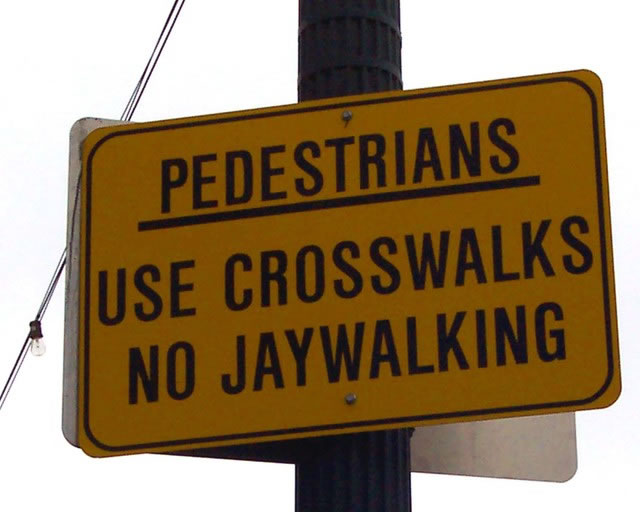There are many rules of the road that are broken everyday, like motorists that don’t wear safety belts or exceed the speed limit. However, there are three laws that people generally break without even realizing it.
- Jaywalking on highways
This is actually very dangerous and you do not want to find yourself walking in a place where cars drive 120km/h. In terms of the National Road Traffic Act, no person is allowed on the freeway on foot. According to AA, there are three exceptions to this rule: The first exception applies if you are within an area reserved for the stopping or parking of vehicles, indicated by an appropriate road traffic sign. The second is if there is a cause beyond a person’s control – for instance, if your car breaks down or you are involved in an accident on the highway. The third and final exception is if you are performing service in the Citizen Force as per the Defence Act. This is allowed between the junction of an off-ramp and the junction of an on-ramp on the left-hand side of the roadway, unless a Road Traffic sign forbids the presence of such person on such freeway or junction.

- Using fog lights when there is no fog
The law states: “No person shall drive a motor vehicle on a public road while the fog light is on, except in conditions of poor visibility caused by snow, fog, mist, dust or smoke.” Therefore, it’s illegal to have your fog lights switched on when visibility is clear. Your normal headlights are the ones that should be used for the dark.
- Driving in the yellow lane
No, I don’t mean if you just temporarily move into the yellow lane to let a car overtake you- there are some people who actually drive there! Legally, the only time you are allowed to use the emergency lane is if you have a real emergency, such as if you have a medical emergency. On a freeway, the emergency lane is reserved for emergencies like fire-fighting vehicles, emergency response vehicles, rescue vehicles and ambulances, so if you need to use it, then the purpose needs to be for the same kind of reasons.